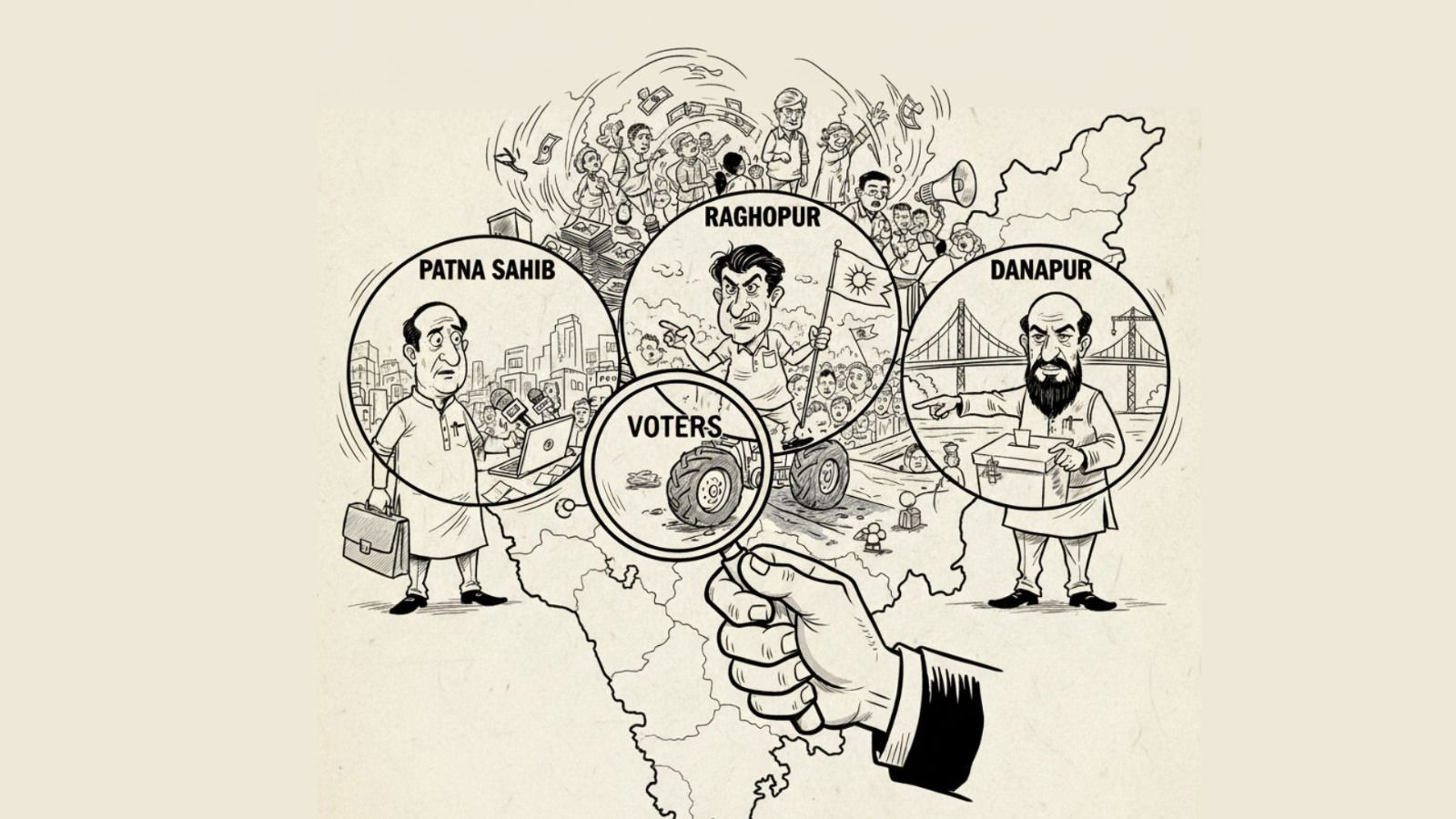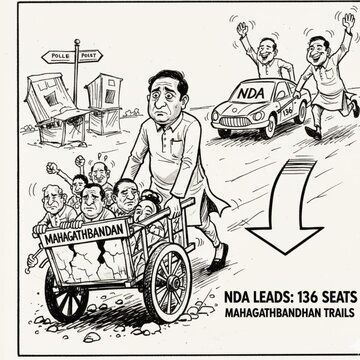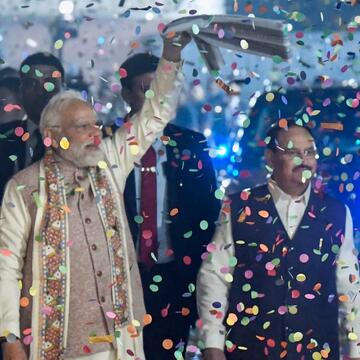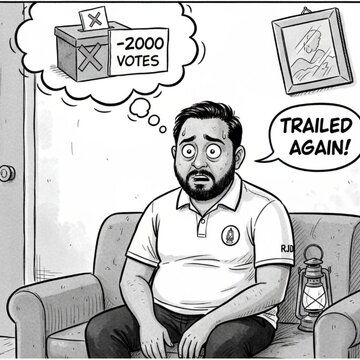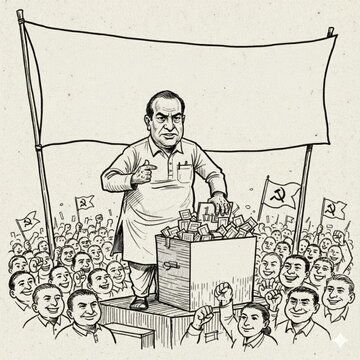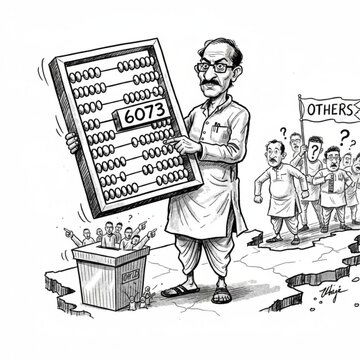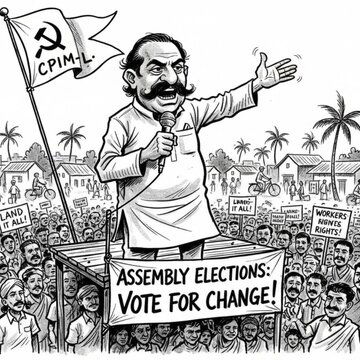As Bihar counts votes for its high-stakes 2025 assembly elections, all eyes are on a handful of constituencies that could decide who forms the next government. While the fight for the chief minister’s chair is centred on Nitish Kumar and Tejashwi Yadav, the real story lies in the fiercely contested belts of Seemanchal, Champaran, Mithilanchal and central Bihar.
The Nitish-led JD(U), backed by BJP, HAM and other NDA partners, is hoping to secure another term, even though Nitish Kumar hasn’t been announced as the alliance’s official CM face. Tejashwi Yadav, leading the RJD–Congress Mahagathbandhan, is banking heavily on anti-incumbency and the promise of jobs and change, aiming to end Nitish Kumar’s decades-long hold over the state.
This year’s election has already made history. Bihar recorded its highest-ever voter turnout at 66.91%, with women voters outpacing men with 71.6% compared to 62.8%. Polling took place in two phases on November 6 and 11 and counting began at 8 AM today across all 243 constituencies.
Several big names are also in the fray. Former deputy chief minister Tarkishore Prasad, Bhojpuri stars Khesari Lal Yadav and Maithili Thakur, and a long list of sitting MLAs are testing their popularity once again. Exit polls have predicted a strong showing for the NDA, while Prashant Kishor’s Jan Suraaj may land anywhere between zero and four seats.
Also Read | Victory for SIR? Congress’ Udit Raj blames roll revision for party’s Bihar performance
Seemanchal Region
In fact, the Seemanchal belt comprising of Araria, Kishanganj, Purnea and Supaul has remained the most closely watched region this election.
Why it matters: High minority population, shifting youth vote, and a sharp competition between alliances.
What to watch: Whether traditional voting patterns hold or if there is visible drift, especially in urban pockets.
Key contests: A number of senior leaders and sitting MLAs are defending narrow margins here, turning the region into a key early trendsetter.
Champaran
East and West Champaran, with their history of tight margins and high political engagement, could offer the clearest reading of the rural sentiment.
Why it matters: Agrarian issues, caste dynamics and anti-incumbency debates play out very strongly here.
What to watch: Whether established leaders retain their foothold or if local independents cut into the vote shares. Several ministers and heavyweight challengers are in the ring, making several seats unpredictable.
Mithilanchal
Districts like Darbhanga and Madhubani have a combination of traditional loyalty that can overturn assumptions.
Why it matters: The urban–rural divide has sharpened, and turnout patterns could indicate the direction of the final verdict.
What to watch: Whether younger voters break away from traditional preferences.
Central Bihar
The central zone, including Nalanda and the fringe constituencies of Patna, acquires strategic value for both alliances.
Why it matters: A good performance here can offset losses in more volatile regions.
Also Read | 'NDA alliance set to get public mandate', Bihar BJP chief Dilip Jaiswal makes big claim
What to watch: Close contests, especially those whose margins were under 2,000 votes in the previous election.
The turnout factor
Phase two saw a turnout of 68.76%, one of the best in several recent years. High turnout in battleground zones generally points to enthusiasm or churn either of which could shift leads in tight seats.


